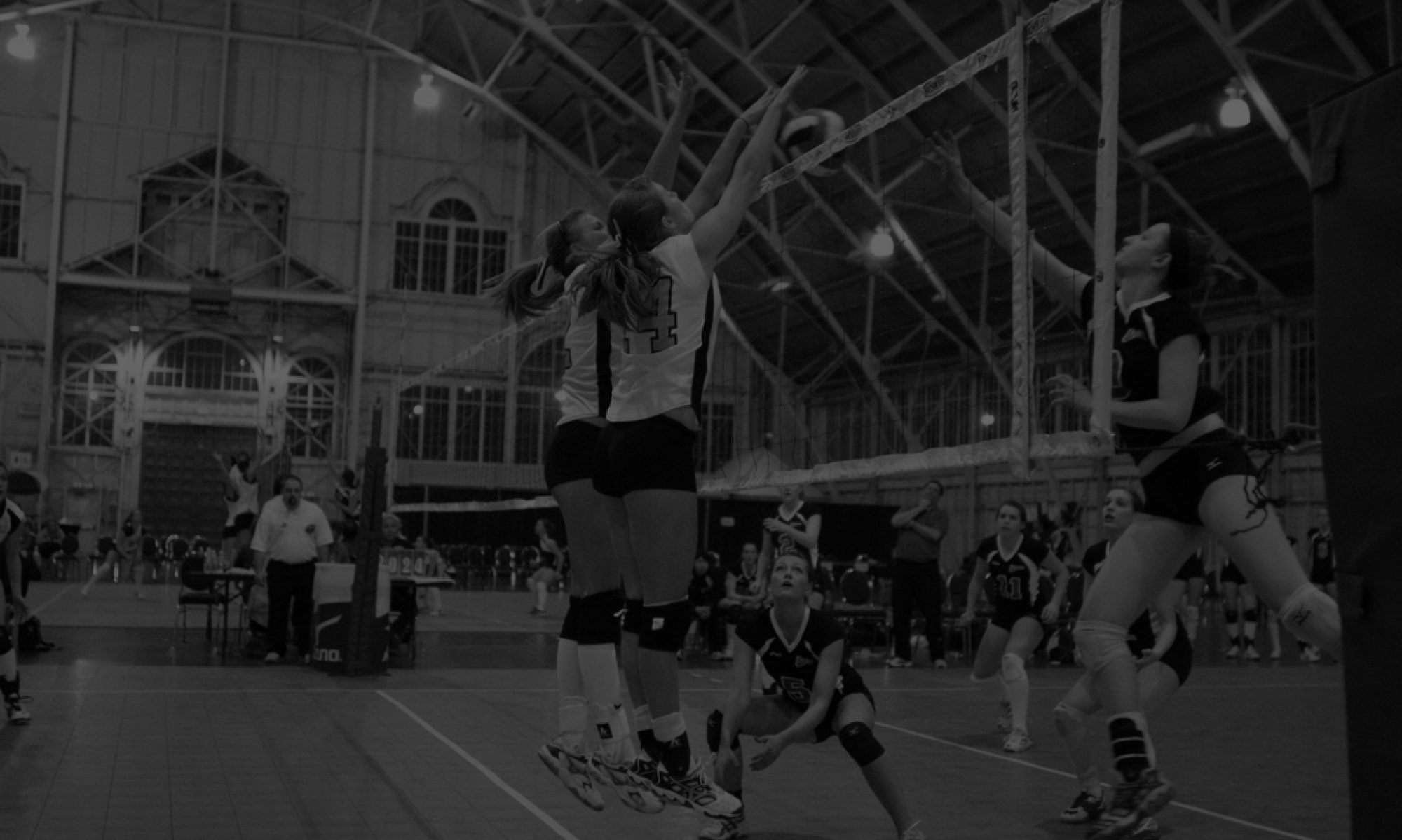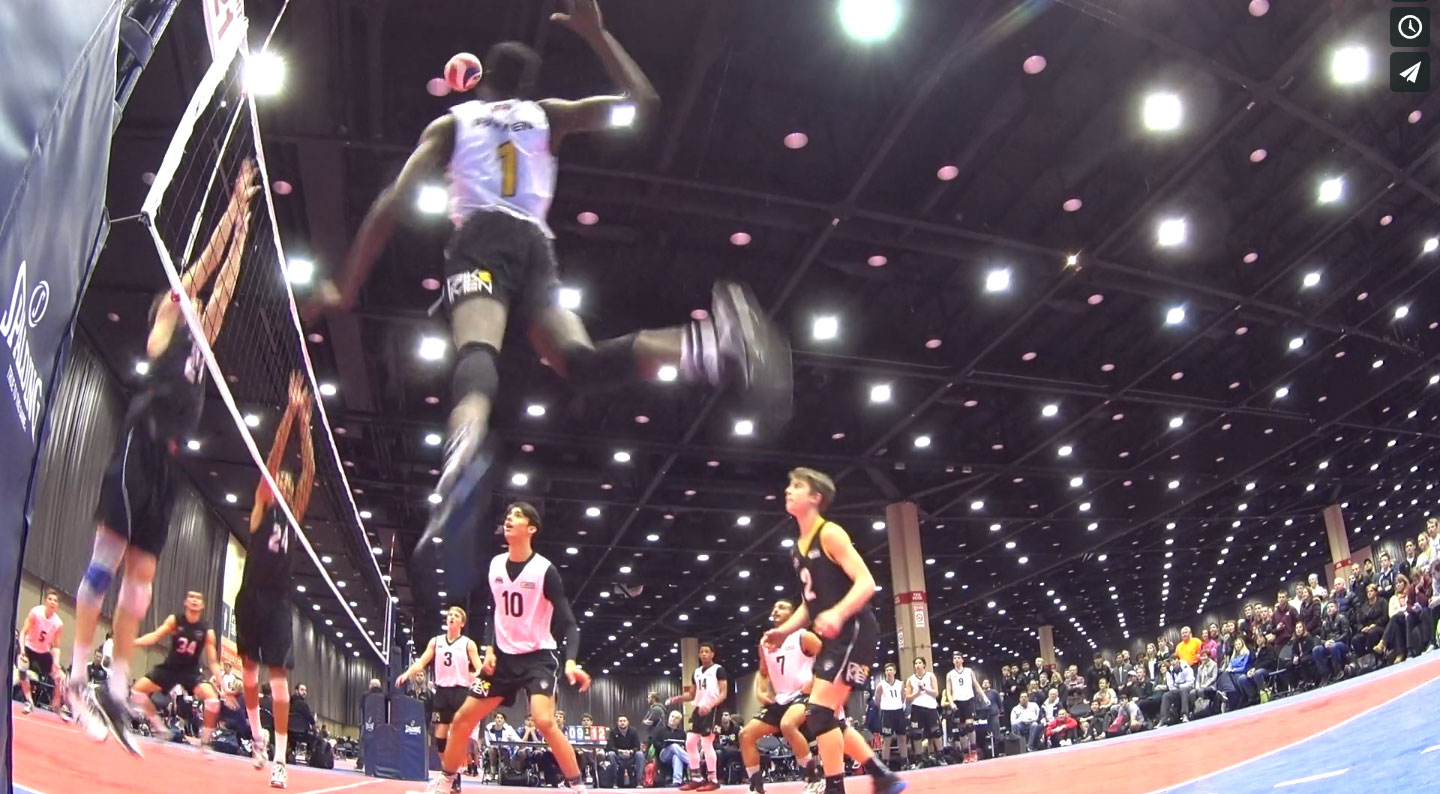By Milton Volleyball Research Team
Blocking is a way athletes in this sport deflect a spike as it commences. The spikes velocity makes a blockers job difficult. Sometimes, it is harder for only one player to defend against a spike so you may see two (double blocking) or three blockers (triple blocking) coming and helping. This is one of the ways teamwork comes into play in volleyball because blockers must work together or individually to block a ball coming from the opposing court.
Blocking is not something in which you can grasp immediately. Therefore, it is important to learn some drills to practice them while learning how to do them correctly. If you want to learn more about the three main different kinds of blocks and drills associating with them, keep reading.
Styles of blocks
There are many different kinds of blocks in volleyball. Let’s start off with the single block. As it says in the name, a single block requires a “single” player to deflect a spike. Let’s say that there was a quick attack in play and a player on the opposite side of where the spike was predicted to be hit lands up being the one to spike the ball. Let’s also say that two blockers on your side of the court were ready to block that spike. Now, it would be up to the single blocker to block the ball. This is the least effective block, but it has a benefit. Single blocks can actually help back row players pass better.
To do a single block, it is first important to be ready, also known as ready position for blockers. To be in this stance, make sure your knees are bent, your elbows are in and your hands are in front of your face/ in between your face and the net. When you jump, it is crucial that you jump straight up and then straight back down. Avoid drifting in mid air. A blocker has to always be ready to move to their left or right, and as soon as they see the setter pass the ball is when they react. To move you can do a left or right foot shuffle; depending on the direction of the spike.
After you jump, shrug your shoulders to get maximum height so your hands are over the net. Make sure your hands are wide open and not closed in a fist. When positioning your hands, they should be about ball-width apart, facing the center of the court.
The next kind of block is known as a double block. As it says in the name, it requires double/ two people. This block is more effective than the single block because two people means more protection than one person. Unlike single blocking, this type requires teamwork making it a little difficult. If the players are not/ don’t jump in unison, it can make the block unsuccessful. On the contrary, if the double block is in unison, the block is more likely to be successful and be quite mesmerizing to the viewers.
As the saying goes, “The more the merrier,” just like this final block. The triple block is the most effective block as it uses three players. This block is the most effective because it gives the opposing spiker a difficult time choosing which way to hit the ball, as there is a player on the left side, right side and in the middle.
Drills
The first drill we are going to go over is Mirror blocking. This is one of the more popular ones due to it having a simple concept behind it. This drill requires two players and each of them on either side of the net. To perform this drill, Player A does a blocking movement on their side and Player B does/ mirrors Player A’s movement. For example, if Player A jumps to the right at a forty-five degree angle, Player B should do the same thing to block the ball. What’s the purpose of this drill you may ask? It helps with more specific kinds of blocks being thrown your way due to you having to be precise.
The next drill is known as the jousting drill. No, this does not have to do with medieval times, but you could say it has a similar concept. Similarly to the previous drill, two players should be at opposite sides of the net. From there, the coach will toss the ball into the air and whoever pushes it to the other player’s side first is victorious.
Did you know that smaller players usually win this kind of block? This is due to mechanical advantage and them having to send the ball up as opposed to down like the taller players. A common stereotype is that short/smaller players can only be liberos, however, you can work to whatever you want to be. Liberos tend to be short because their height helps get lower faster than taller players to receive the ball and to absorb hard hits/serves from the opposing team. One of the shortest Liberos in volleyball is Farhad Zarif. Though he may be short, he has gotten a myriad of rewards. For example, the Best Receiver in the 2001 World Youth Championship. They are one of the most crucial parts of the team.
The final drill is known as the block on the box. This requires three people which are the blocker and two hitters. From there, the two hitters will be standing on opposite sides of the court on the blocks like how it says in the name. Then, one at a time, they will pass, spike or do some kind of shot to the blocker so they can have more opportunities to hit the ball at different speeds, velocity, angles and more. There is one important reason for why this drill is popular and that is because it has to do with having good form. The blocker should be rebounding it to the court.
Thank you so much for reading this article. We hope that learning these drills for blocking, different kinds of blocks and how to do them will help you improve in your volleyball journey. Remember that each part should feel right to you. Best of luck!

